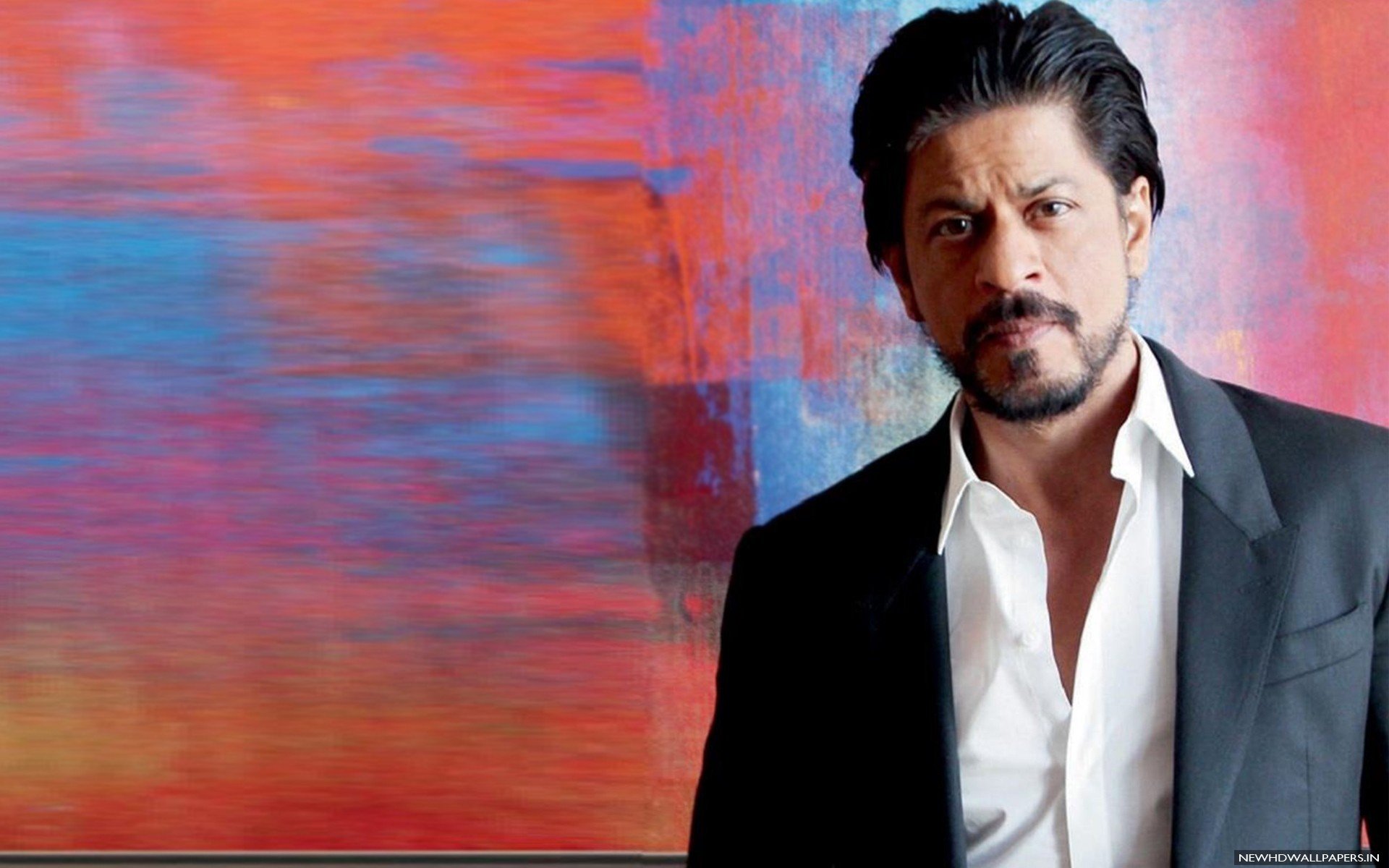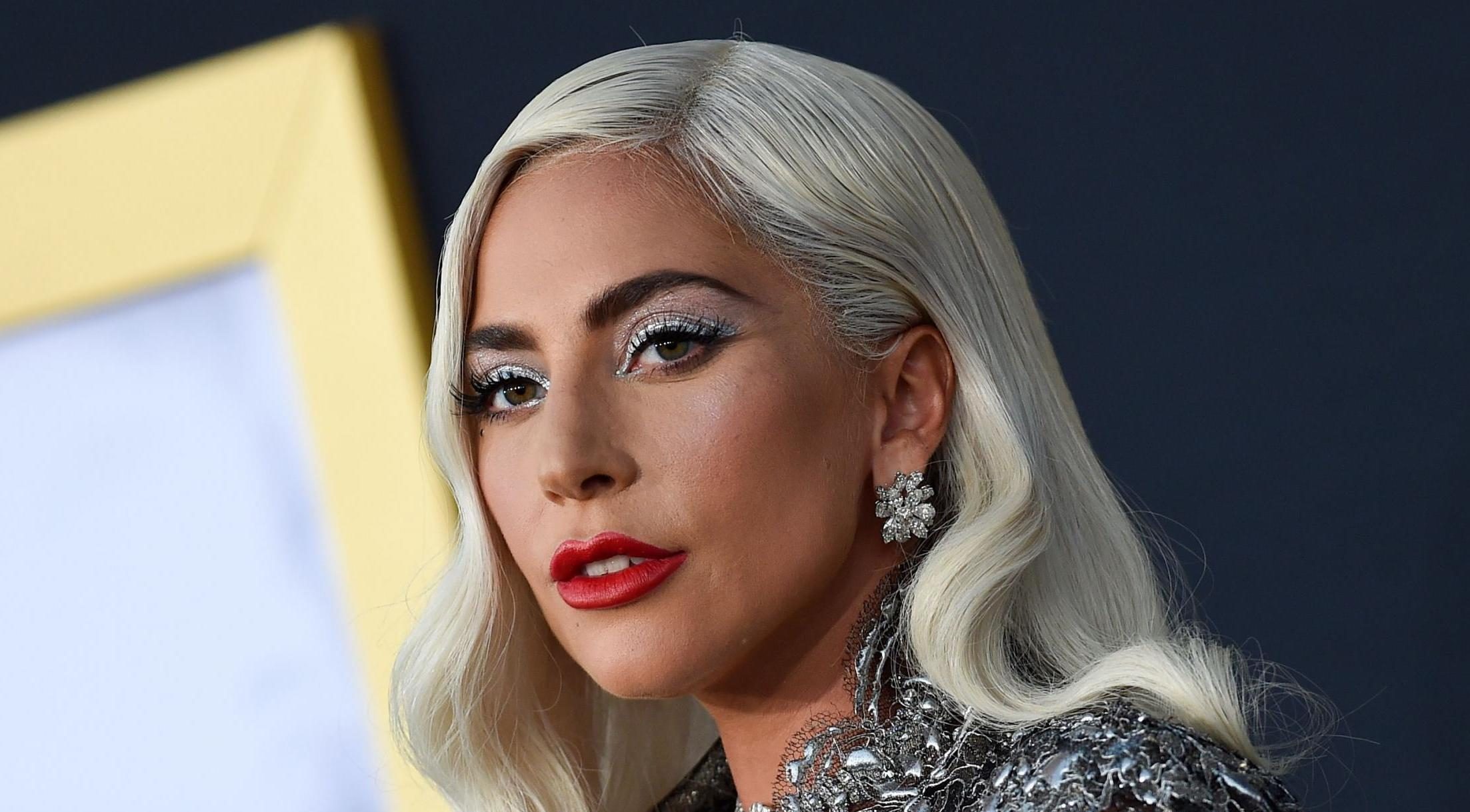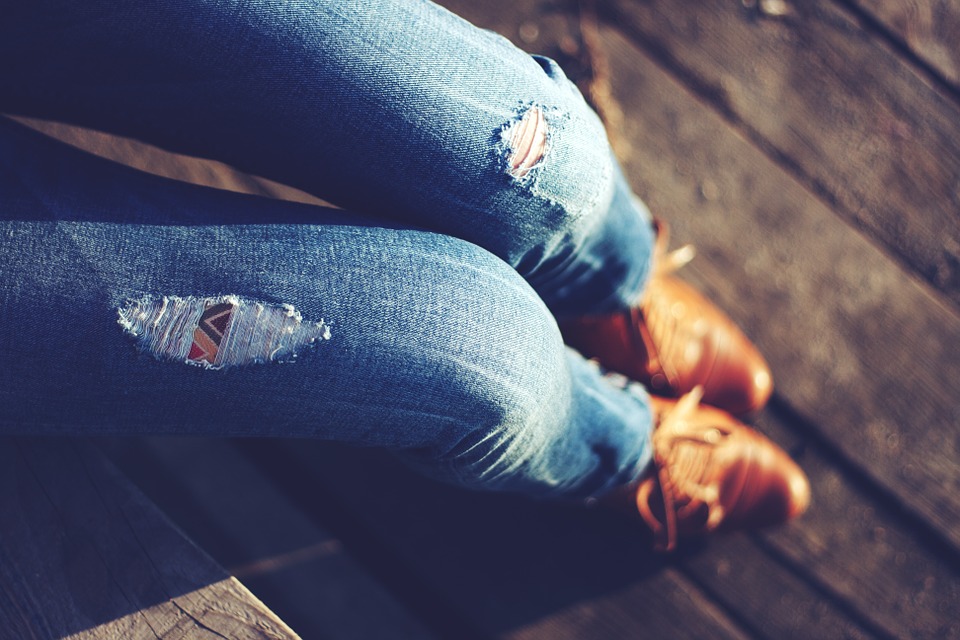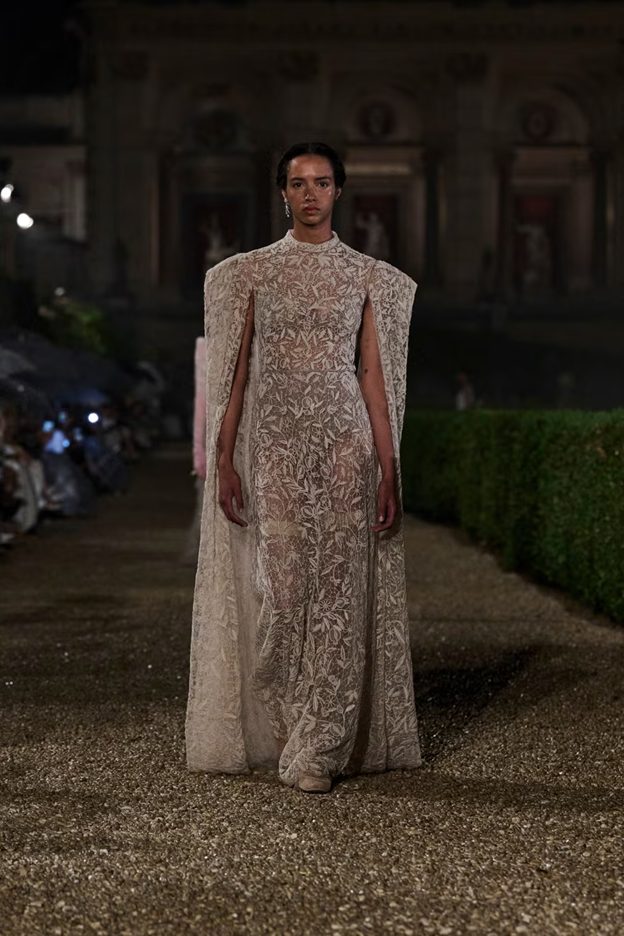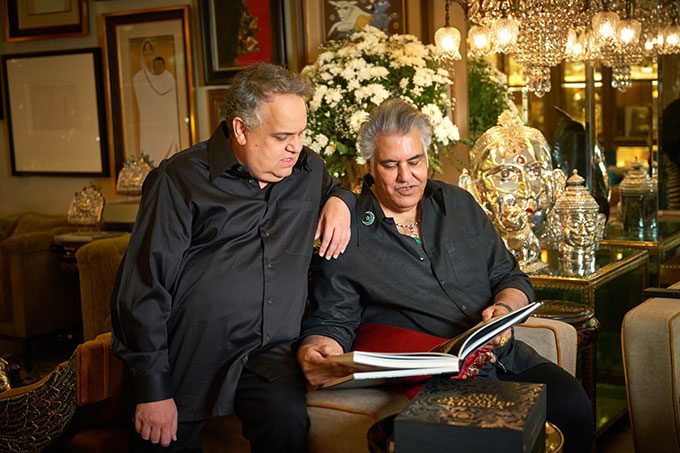
Abu-Sandeep’s Rivet of Chikankari in Indian Couture
White on eggshell white, delicate and dexterous, with echoes of Meena Kumari, Jaya Bachchan, and Judi Dench—Abu Jani and Sandeep Khosla’s return to Lucknow has continued to rivet the art of chikankari into the core of Indian couture. Their journey is not just about reviving a craft but redefining the way chikankari is perceived globally, turning it into a luxurious, intricate form of couture embroidery that stands as their signature.
It’s been 32 years since Abu-Sandeep boarded the Shatabdi to Lucknow, eager to rescue and resurrect the art of chikankari, which was previously confined to casual wear, often done on muslin fabrics for simple kurtas. Since then, their expertise in blending this traditional craft with couture has brought it to the runway, transforming it into elaborate lehengas, saris, and even bridal gowns. But their contribution doesn’t end with fashion. Books such as Classic Chikan(1994) and India Fantastique (2012) document their pioneering work and underline how they brought this centuries-old craft to the global stage.
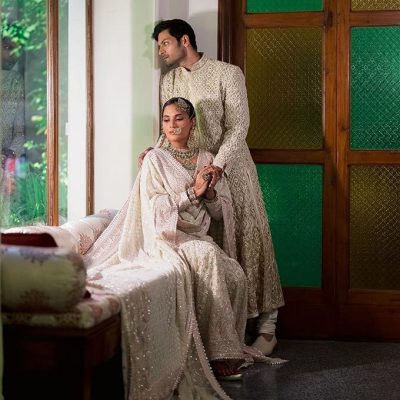
Founded in 1986, the duo’s collaboration began with the design for Mata Hari store and later expanded into their labels Jashan and eventually the namesake Abu Jani Sandeep Khosla (AJSK) brand. Fast forward to 39 years later, Abu-Sandeep now boasts four successful labels, a star-studded clientele ranging from Gigi Hadid to Beyoncé, a majority stake from Reliance Brands Ltd., and a return to the fashion runway in July. With all the pieces on the board, it’s an opportune time to honour their mastery of chikankari.
The Craft of Chikankari: A Rare Mastery
What sets AJSK apart in their use of chikankari is their ability to turn it into high-end couture. They were the first to use chikankari in couture, as traditionally, the delicate art had been relegated to muslin fabric and used primarily for more casual garments, like kurtas and dupattas. It was Abu and Sandeep who began making chikankari lehengas, saris, and bridal wear, propelling the craft into the world of couture.
But even at AJSK, the magic of chikankari is rarefied. Only 120 pieces are produced each year, as creating these masterpieces is a labour-intensive process that takes months to complete. An intense piece takes a year to make. The process is painstaking—starting from the intricate hand-embroidery to the special bleached white fabric, and ending with the stitching of elaborate dupattas and blouses. It is a journey that involves numerous artisans, each responsible for a different stitch in the intricate process.
Each chikankari design is a product of immense care, with about 20 different types of stitches. After the embroidery is completed, the fabric undergoes several treatments, including bleaching, washing in the Gomti River, and finally, stretching back into its original shape. The craftsmanship is as much about maintaining the art’s integrity as it is about innovating within the traditional structure.
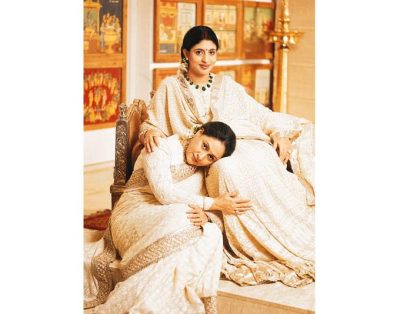
The White Magic
For Abu-Sandeep, the colour white is not just a hue but a story in itself. Their signature “eggshell” white is a soft, muted shade that provides the perfect backdrop for the delicate chikankari embroidery. This unique take on white has transformed the way the colour is perceived, especially in the world of weddings. The traditional use of white chikankari in bridal wear has now become a symbol of subtle luxury and refinement. Brides like Sonam Kapoor Ahuja, Deepika Padukone, and Radhika Merchant have all opted for AJSK’s chikankari pieces, setting a trend in modern Indian weddings.
It’s a connection that transcends just fashion—Abu-Sandeep’s chikankari work has been woven into the fabric of families and their legacy. The Bachchan family, one of AJSK’s earliest and most loyal clients, has helped cement chikankari as a quintessential part of Indian bridal wear. Jaya Bachchan was instrumental in popularizing chikankari at weddings, notably when her daughter Shweta wore an off-white chikankari ensemble for her mehendi ceremony in 1997. This sparked a trend that’s still followed today.
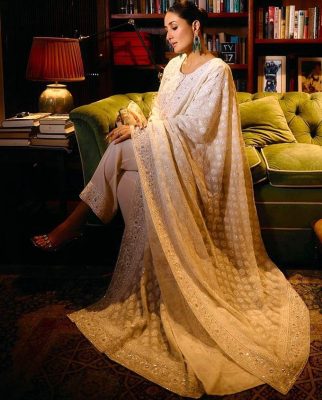
A Legacy to Be Passed On
The uniqueness of Abu-Sandeep’s chikankari lies in its timeless appeal. What started as an art form beloved by Bollywood icons and the rich and famous is now an heirloom to be passed down through generations. These intricate, hand-worked pieces are so exquisitely crafted that they have become collectors’ items—equally treasured as luxury handbags or fine jewellery.
Even in a rapidly evolving world of bridal fashion, Abu-Sandeep’s commitment to chikankari remains unshaken. They continue to design bespoke pieces for brides who desire subtlety and elegance, making sure that the true beauty of the craft is only fully appreciated up close.
Abu-Sandeep’s legacy continues to thrive, with their chikankari pieces standing as timeless treasures in families’ heirlooms. Their artistry, attention to detail, and reverence for tradition have ensured that the chikankari craft is more than just an embroidery style—it’s a statement of elegance, luxury, and enduring legacy.
POST A COMMENT
You must be logged in to post a comment.

